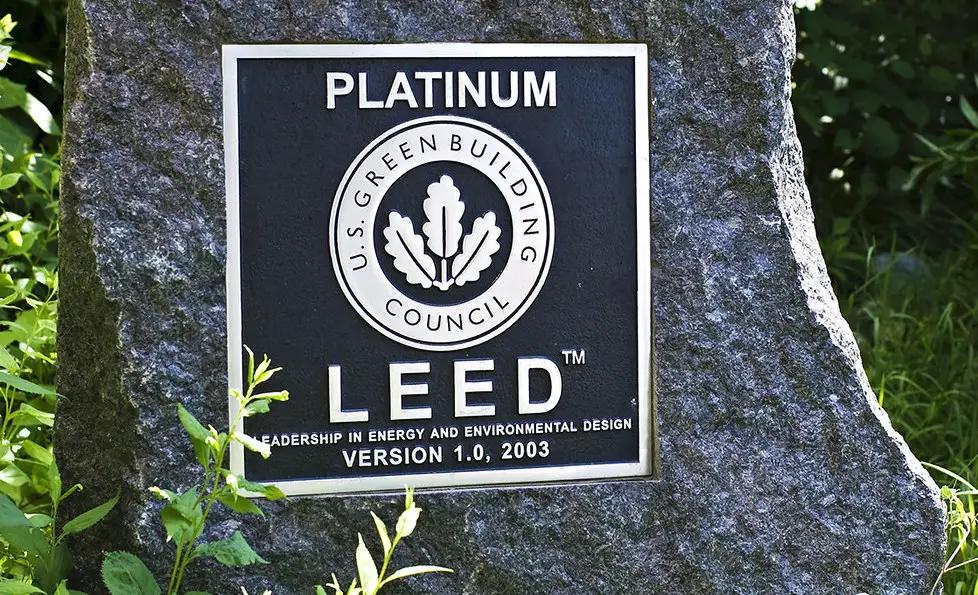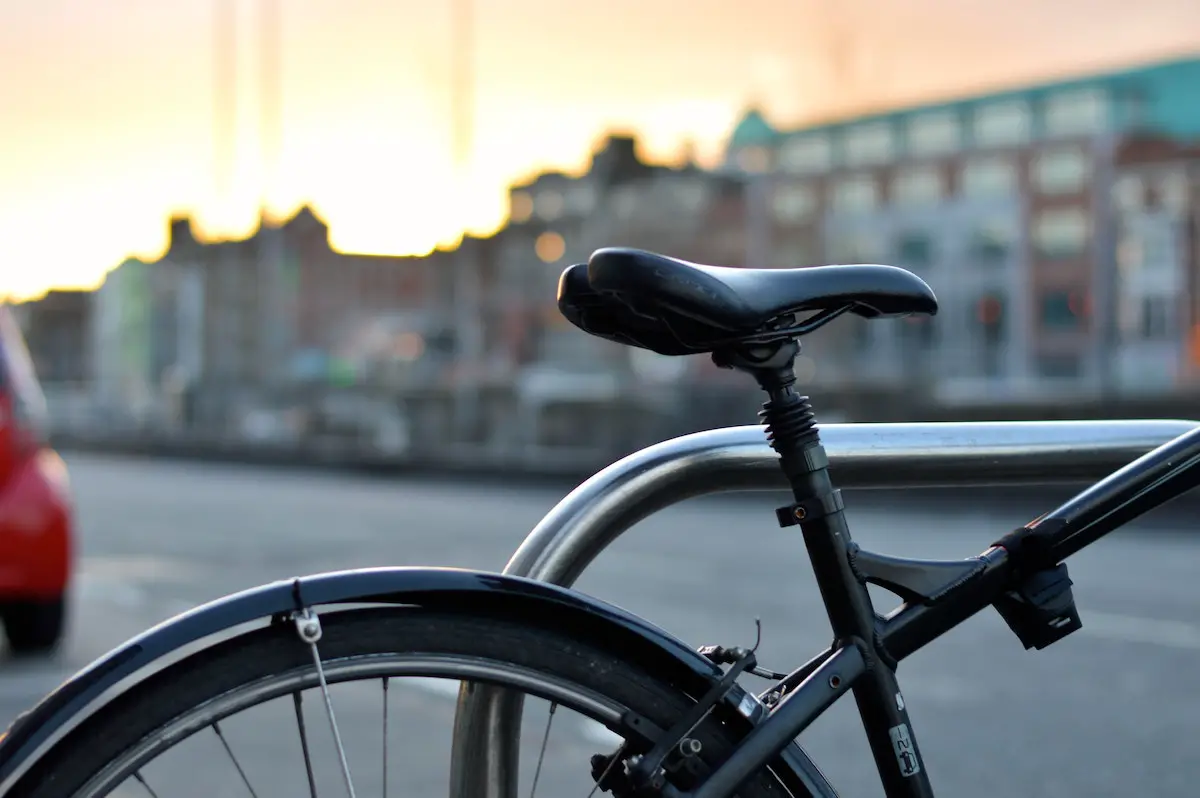The humble bus is a feature of most urban public transport, but what if it wasn’t so humble? Bus Rapid Transit (BRT) is a bus-based public transport system which typically uses dedicated lanes, bus-priority intersections and ticket purchases pre-boarding to improve reliability and efficiency. BRT aims to introduce the speed and capacity typical of metro systems into the lower-cost and more infrastructurally-simple bus system.
Considered to have originated in Curitiba, Brazil (more on that below), high-speed, bus-priority public transport systems have been cropping up in cities all over the world since then. Hundreds of systems exist, spread across every inhabited continent, serving tens of millions of passengers.
Curitiba, Brazil

Ask anyone with an interest in urban development about Latin America’s influence on international cities and it won’t be long before Curitiba’s BRT comes up. Brazil’s eighth-most-populous city was the birthplace of bus-priority transit as we know it today, implementing its first line in 1974. Over time, new routes were added and the system eventually became a part of everyday life for the city’s residents. The system has seen numerous upgrades since launch, including its iconic glass bus stops, pictured above. It carries over a million passengers per day.
Marrakesh, Morocco

At the time of writing, the world’s youngest BRT can be found on the other side of the Atlantic Ocean, in Morocco’s fourth-most-populous city. Operational since September 2017, the system uses a fleet of 30 electric buses powered by solar energy. Dedicated lanes and overhead power lines give this system a tram-like functionality, despite otherwise bearing all the trademarks of Bus Rapid Transit. The city has plans to expand the system in the future.
Brisbane, Australia

Queensland’s capital city of Brisbane has been building its busway since the mid-1990s, feeding passengers from the suburbs to its city centre via three main routes – the South East Busway, Northern Busway and Eastern Busway. Special bus-only roads – known as ‘trunk routes’ – lead up to the city centre, with a feeder system allowing buses to join and leave the route at certain points onto shared roads. Designed to complement the city’s existing train network, Brisbane’s Busway totals 27 kilometres in length and in 2011 served over 70 million passengers.
Jakarta, Indonesia

TansJakarta, south-east Asia’s first BRT system, opened in 2004, launching with two weeks of free ridership for passengers. Considered the largest BRT in the world, it currently has 13 routes covering over 250 kilometres. Its most recent line opened in 2017. Unlike Brisbane and other BRT systems, Jakarta does not use a feeder system, instead relying on fixed, dedicated routes. In BRT technical terms, this is known as a closed trunk. Initial concerns about the impact of this reduced flexibility were unfounded, with the system building ridership of around 250,000 per day by 2011. Ridership had climbed by the end of 2013 to around 340,000, with more recent traffic restrictions in the city boosting figures further.
Stockholm, Sweden

Unimaginatively known as the blue bus, Stockholm’s system has four core lines, each serving the city centre. Feeder routes connect the city’s suburban areas to the higher-speed trunk routes. Though featuring many characteristics of Bus Rapid Transit, the system’s speeds are comparatively low and tickets are still checked by the bus driver rather than at the point of entry to bus stops. Stockholm’s response to Latin American public transport innovation has therefore seen it nicknamed BRT-lite.
Ottawa, Canada

Canada’s capital city is served by eleven BRT lines, and, having opened in 1983, is one of the longest-running systems outside of Latin America. Known as Transitway, much of the system features routes fully separated from road traffic, and bridges and trench highways mean buses can travel much of the system without meeting a traffic light (as can emergency service vehicles). However, roads become shared with private vehicles as the route approaches city centre, a design feature which has been responsible for most of the service’s delays. Despite more recently venturing into Light Rail, Ottawa is still keen on BRT, with its most recent line opening in 2019.
Cape Town, South Africa

Back in Africa – though at the very bottom this time – and Cape Town’s MyCiTi Bus once held the title of the world’s newest BRT system. Service began in May 2011, initially taking a flexible, prototype-like approach. Feeder routes were trialled to test demand, with ridership figures being used to shape the future distribution of the feeder network. With buses running every 10-20 minutes between 5.45AM and 10PM, Cape Town’s BRT has neither the highest frequency nor the longest hours of operation. Though the city had historically been well-served by its extensive informal minibus network, the launch of its BRT represented a major milestone for formally-run public transport in the region.
Photos: whl.travel, wikimedia, kdt, nSeika, EURIST e.V., coda, and Dylan Passmore. This is an updated version of a post originally published in January 2012.


